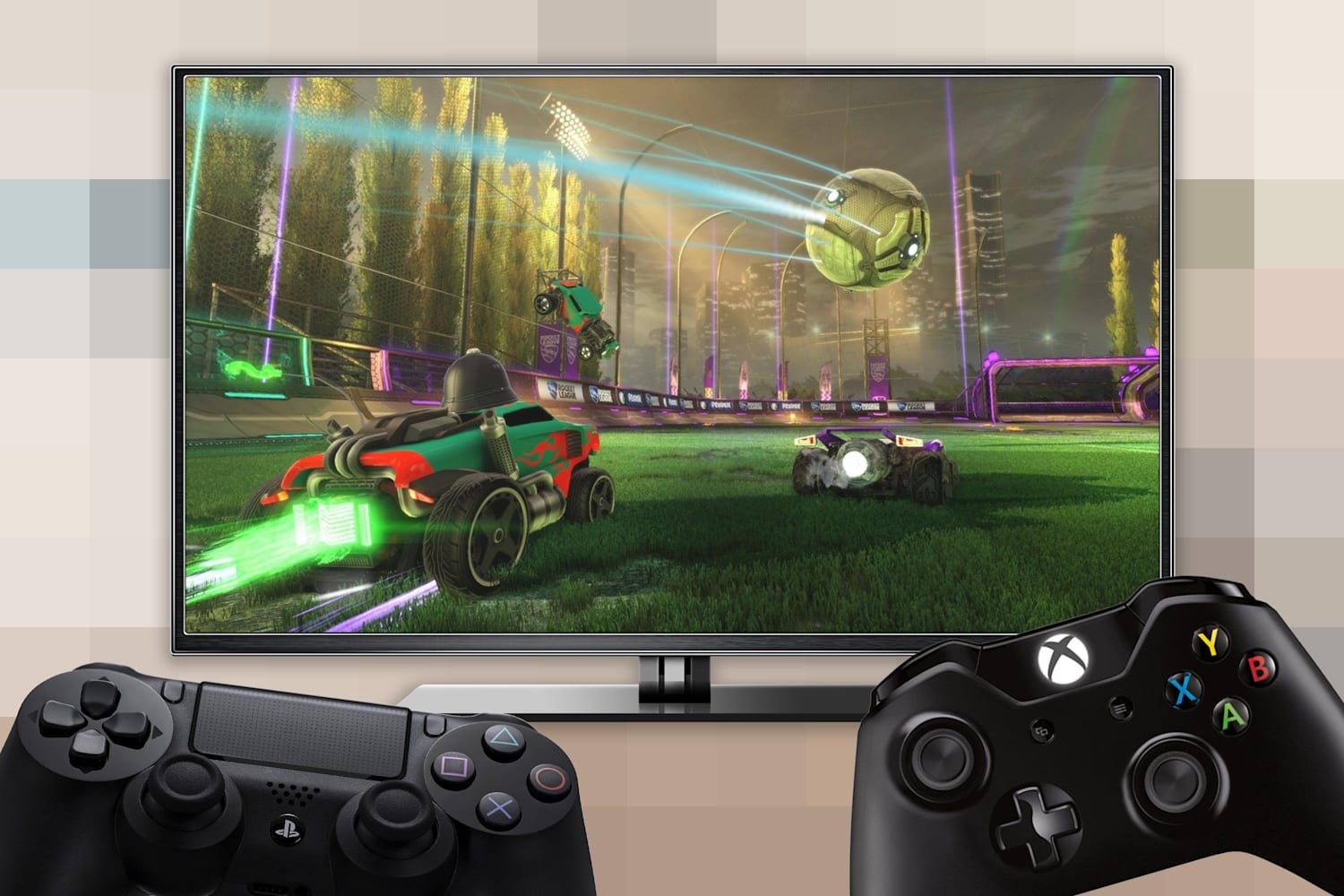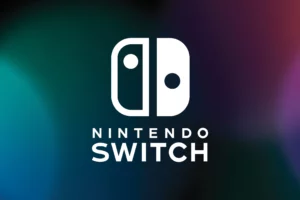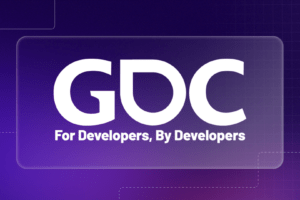The walls are crumbling! The once impenetrable fortresses of PlayStation, Xbox, and Nintendo are slowly but surely yielding to the rising tide of cross-platform gaming. This is a momentous occasion for gamers around the world, as it opens up a vast new landscape of possibilities and breaks down the artificial barriers that have divided us for so long.
From Fragmented to United
For decades, console gamers have been confined to their respective ecosystems, unable to play with friends who owned different platforms. This led to a fractured sense of community and missed opportunities for collaboration and competition. However, the winds of change are blowing, and the landscape of gaming is being reshaped.
Pioneers of Progress
Epic Games’ juggernaut title, Fortnite, was one of the first major games to embrace cross-platform play, breaking down the walls between PlayStation, Xbox, PC, and even mobile devices. This bold move proved to be a resounding success, paving the way for other developers to follow suit.
The Walls Come Down
Slowly but surely, other major players in the industry are joining the cross-platform party. Microsoft has been a vocal proponent of open gaming, readily enabling cross-play for many of its titles, including Rocket League and Minecraft.

Sony, once the most resistant to the trend, has finally started to come around. In 2018, they enabled cross-play for Fortnite and have since opened up to the possibility for other titles. This marked a significant shift in their stance, and it’s a sign that even the most entrenched players are recognizing the benefits of a more connected gaming world.
The Benefits of a United Landscape
The advantages of cross-platform gaming are numerous:
- Larger player pools: Imagine the vibrant communities that could form when millions of players from different platforms can come together in a single game. This would lead to faster matchmaking, more diverse competition, and a richer overall experience.
- No more platform silos: Friends and families who own different consoles can finally play together, eliminating the frustration of being divided by arbitrary barriers.
- A more inclusive gaming culture: Cross-platform play fosters a sense of unity and collaboration among gamers, breaking down the artificial divisions that have existed for so long.
Challenges Remain
While the future of cross-platform gaming is bright, there are still some challenges that need to be addressed:
- Technical hurdles: Different platforms have different hardware and software specifications, which can create technical challenges in implementing cross-play.
- Competitive balance: Ensuring fair competition between players on different platforms with potentially different control schemes and performance capabilities can be tricky.
- Business considerations: Some publishers may be hesitant to embrace cross-play if they feel it could cannibalize sales on their own platforms.
The Road Ahead
Despite the challenges, the momentum behind cross-platform gaming is undeniable. As technology continues to improve and developers become more open to collaboration, we can expect to see even more games embrace this transformative feature. The future of gaming is one where platform loyalty is a relic of the past, and players from all walks of life can come together to enjoy the shared passion of gaming.
So, let’s raise our controllers to the dawn of a new era in gaming, where the walls have crumbled and the possibilities are endless. The future is cross-platform, and it’s brighter than ever.
















Add Comment